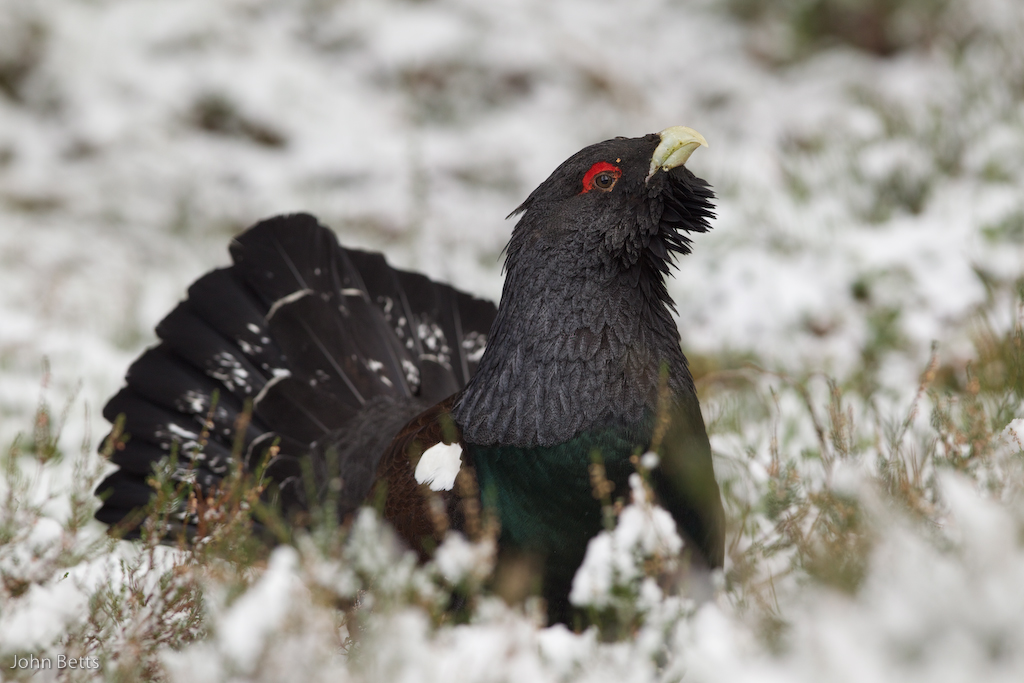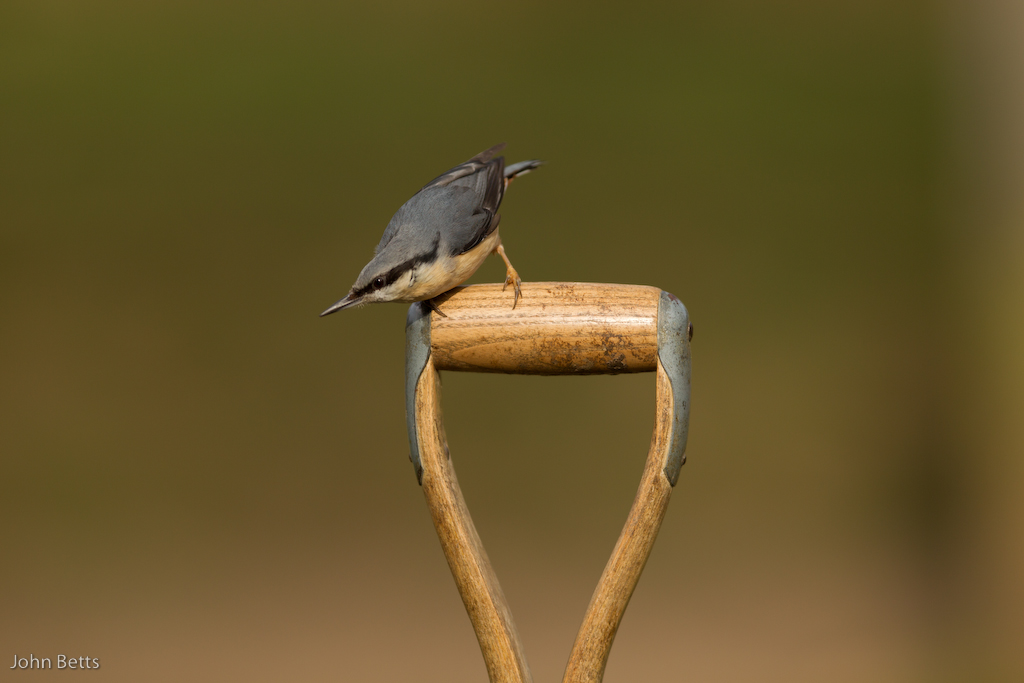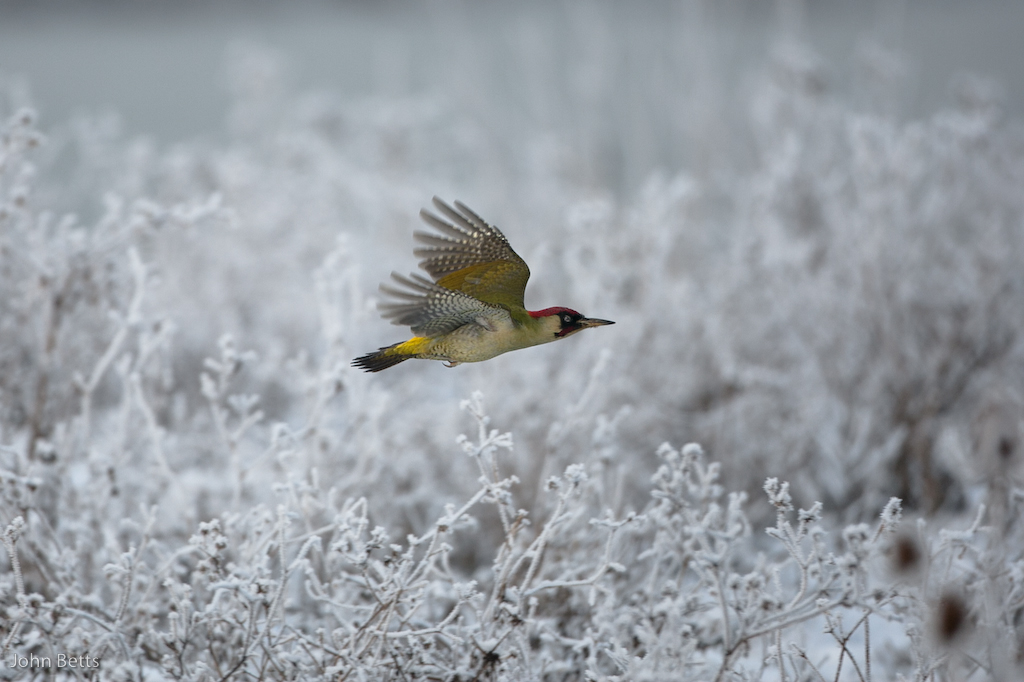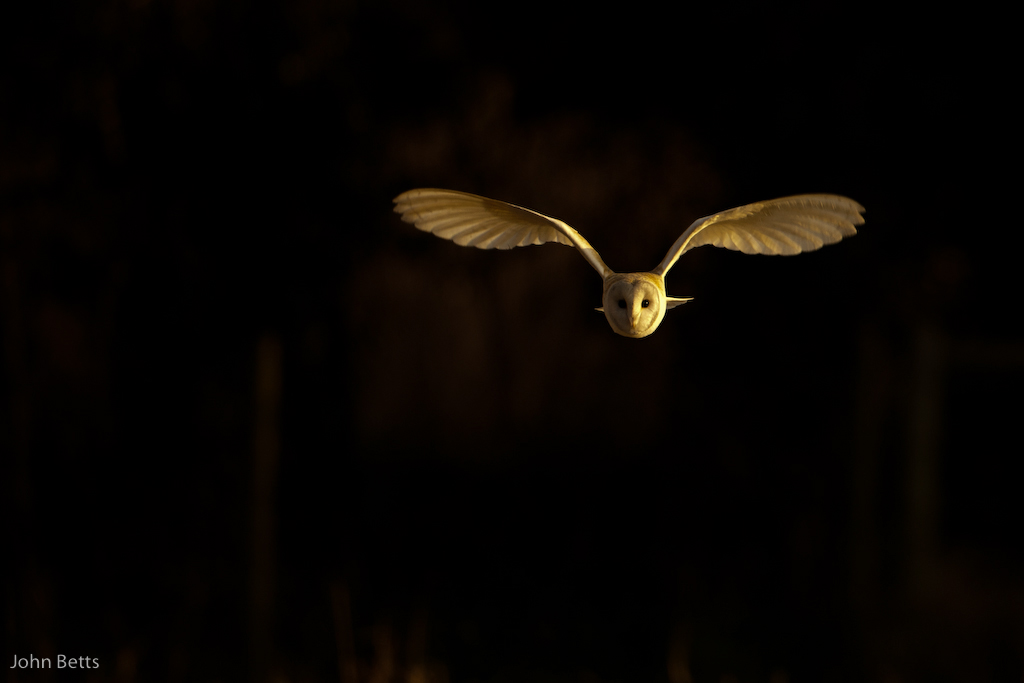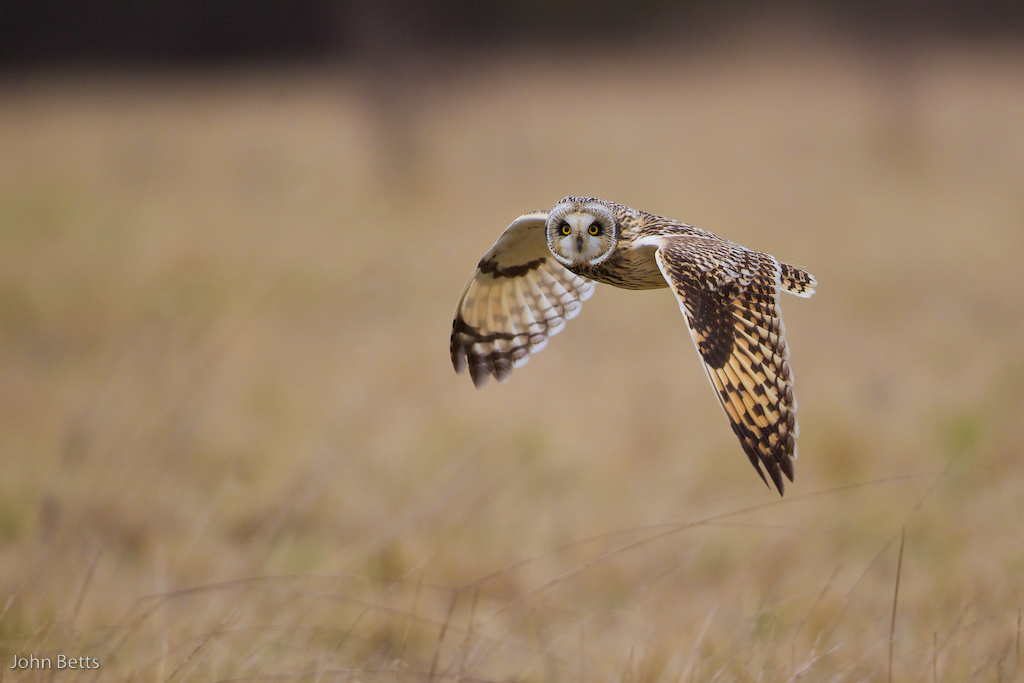Fieldcraft in Photography
|
Knowing your subjects behaviour can be one way of producing exclusive wildlife shots. I have learnt over the years various signals that birds and mammals make which gives me a clue as tabards intentions, ie, when waders bath, which can make great action shots, they always jump up and flutter their wings to get rid of access water. So knowing this this would be my intended shot and not just a fluke shot which you could be unprepared for. Another tip i've learnt is when a small bird deficates it usually means it's about to take flight, which again can make good action, as long as you have adequate shutter speeds to capture the action.
Shooting from hides don't take much fieldcraft but setting them up in well prepared areas that you have investigated for species you want to photograph can bring some really excellent photography. Using manmade and natural props at a woodland hide which is well feed all week can really bring you great success. One tip is use more feeders when you are not there but once you are there limit them to just one or two, as this will create a queuing system for the birds, giving you time to photograph the smaller birds on the carefully prepared perches you have put out for them.
A great tip for Nuthatch and Woodpeckers is to replant an old log ie, silverberth tree, then drill holes in the sides and fill with peanut butter or wedge natural nuts into the holes this will keep the birds there for a while. The only drawback with using peanut butter is it can get a bit messy around the bill, so watch out for that. Mealworm can be put out for Robins and Wrens and other birds. Water is also a great way to entice birds to come back time and time again, a good feeding station will have a pool as well as all the various feeders. Beware of the Grey Squirrel you will be surprised what it can get into whilst you are not there.
Shooting in the field without a hide is altogether a different ball game. Sometimes its a case of deciding what subject you want to shoot then think how you can achieve this. You need to know where and when are the best times to capture your chosen subject. If it was a Barn Owl then you need to know where they hunt regularly and you will know they are best seen in the winter months two hours after sunrise and two hours before dusk. In the summer this changes as they have chicks to raise and become very unpredictable. With this knowledge you will maximise your success rate. Also with Barn Owls they cover ground really quickly so you would be stupid to try and chase these around, the best policy is to check the wind direction, Barn Owls fly into the wind to enable the hover, then wait in a location that has good prospects of the Owl flying into that area. You'll be surprised how close they can come even when out in the open maybe using an old farm gate as a hide or long grass etc.
I've provided just a few ways of getting good fieldcraft, there are many others and wildlife photographers all have their own ways of getting the subject they want where they want it. With certain species baiting it with their natural food works brilliantly nearly always. The other is planning and patience if you haven't got any then learn to have because sometimes you will sit in a hide for days and not get a shot then another day it all comes together. The main thing is to keep watching your subject, get to know it well and great shots will follow.
|
British Bird ID HelpBarn Owl
Bar tailed Godwit Bearded Reedling Black tailed Godwit Common Kestrel Great Spotted Woodpecker Kingfisher Knot Dunlin Reed Bunting Ringed Plover Marsh Harrier Northern Wheatear Sanderling Some British Birds of Prey Stonechat Wader ID Help Winter Thrushes Useful Links The Barn Owl Trust The Hawk and Owl Trust RSPB Underwater Photography Wildlife & Environmental Causes Scottish Wildlife National Geographic |
All images appearing on this website and its content are the copyright of John S Betts. All rights reserved.

